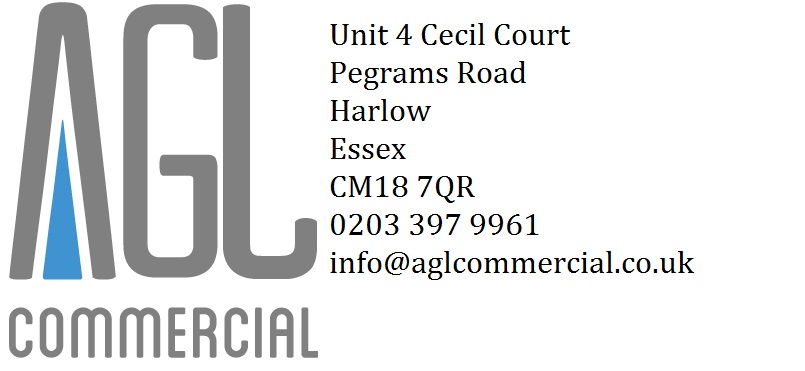Information
-
Principle contractor site Manager
-
AGL Project Manager for this site
-
Toolbox talk carried out by
-
Toolbox talk carried out on
-
Location
Portable, Hand-Held Electrical Tools
-
Portable, Hand-Held Electrical Tools
Overview This talk will cover: before-use checks, use of electric tools and hazards.
Before-use checks
1 Make sure the casing isn’t damaged – if it is, don’t use it.
2 Make sure that all cables, plugs or connectors are sound and not damaged.
3 Use tools on connect power supply as instructed on the maker’s label. Only 110 volt tools are permitted on site.
4 Ensure the tool is properly earthed, unless it is an approved type that does not require earthing.
5 Ensure the cable is long enough to reach your work without straining it.
Using portable electrical tools
1 Portable electric tools should only be used for their designated purposes.
2 Ensure switches are working correctly before connecting to the power supply.
3 Wear eye protection if there is any risk to your eyes.
4 Disconnect tools when not in use.
5 Electric power tools should be regularly inspected and maintained by a competent electrician.
Hazards
1 Keep power cables off the floor. They may get damaged or cause someone to trip.
2 Electrical tools often present a noise hazard – wear ear protection if necessary.
3 Avoid standing on damp or wet surface when using electrical equipment.
4 Keep equipment clean and dry.
5 Never connect a portable electric tool to a lighting socket.
6 Don’t use blunt, worn or damaged bits and accessories.
7 Portable electrical tools, which have become wet should be allowed to dry then checked by a competent person for electrical safety before being reused. -
Toolbox talk complete?
-
Now go to section "Toolbox talk attendee register"
Toolbox talk attendee register
-
Toolbox talk attendees -
Engineer -
-
Have you fully understood this toolbox talk?
-
Please report to your supervisor to discuss your concerns.
-
Name of engineer -
-
Signature -






